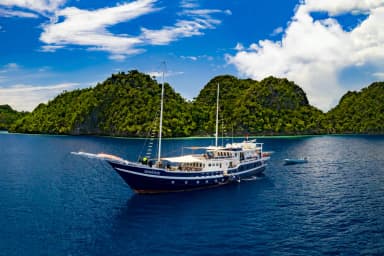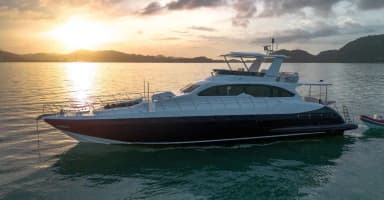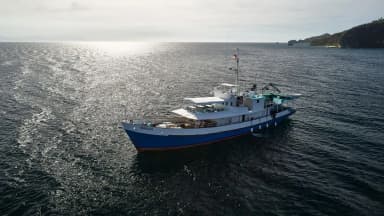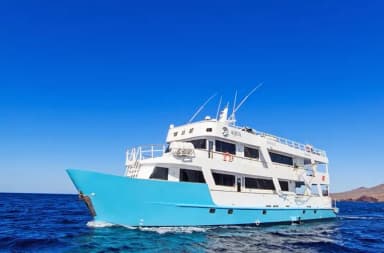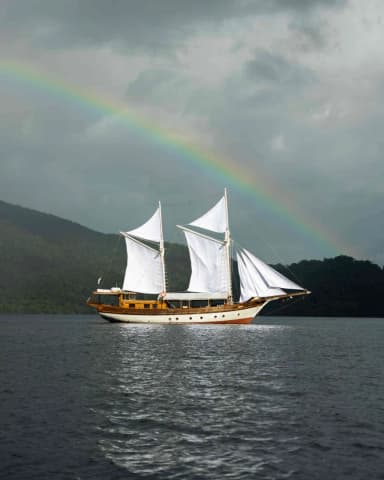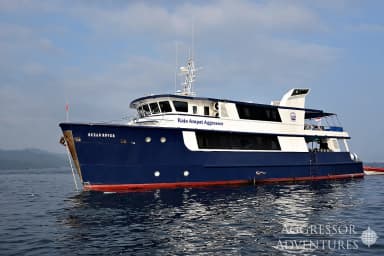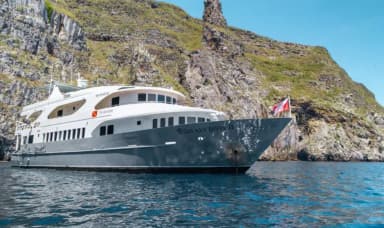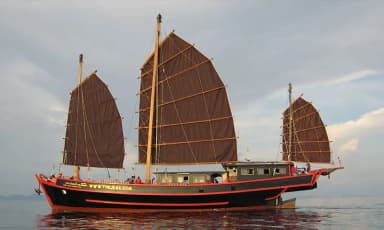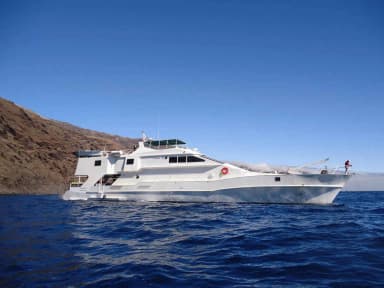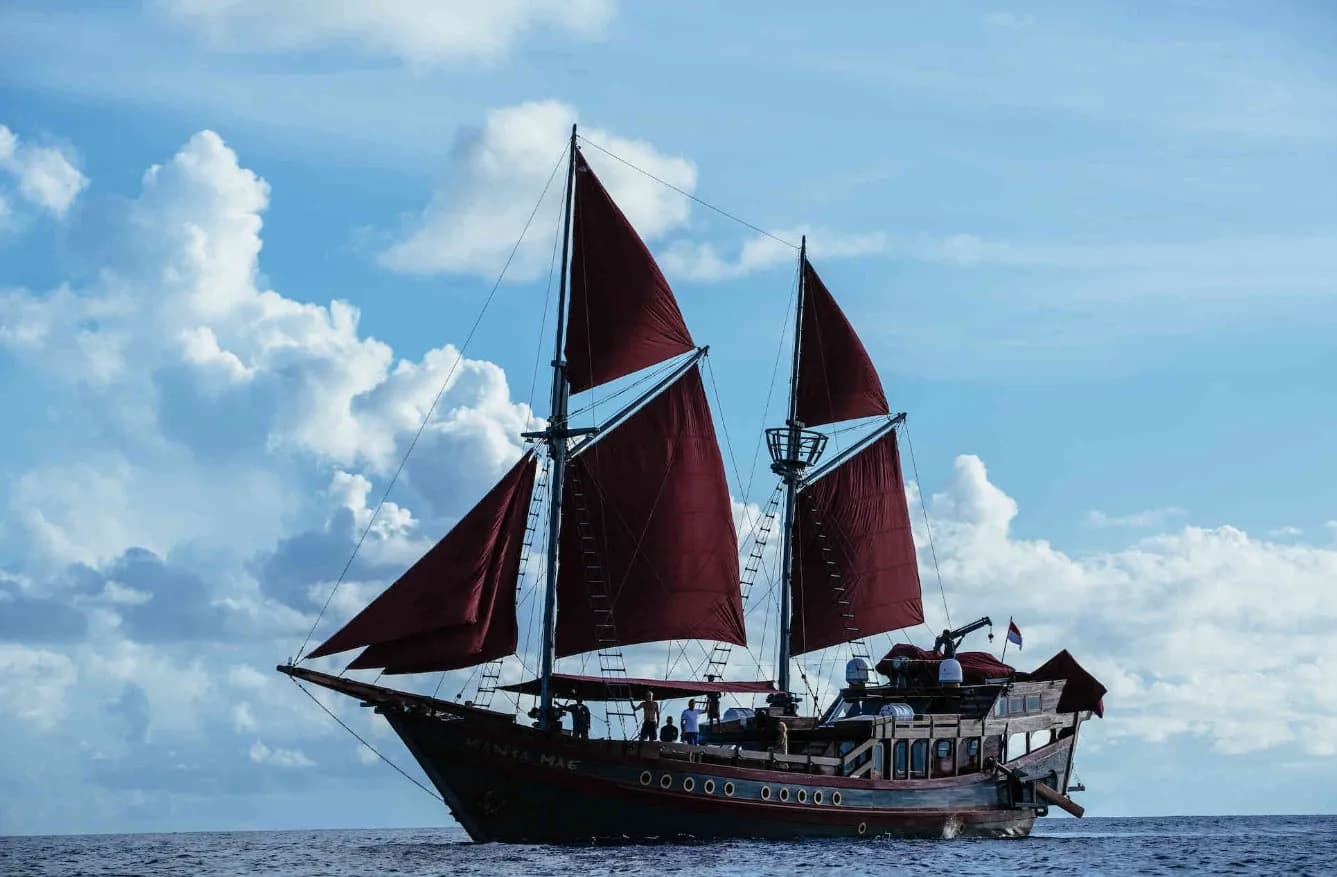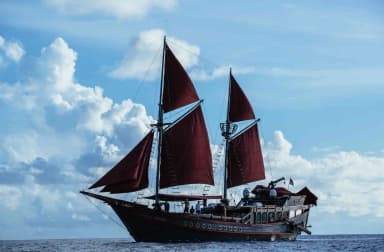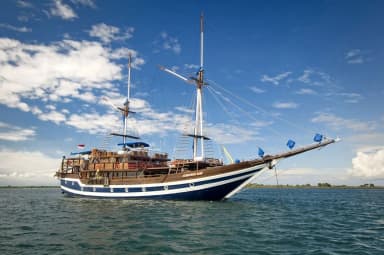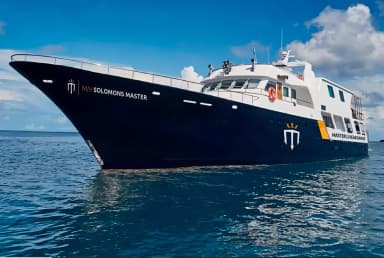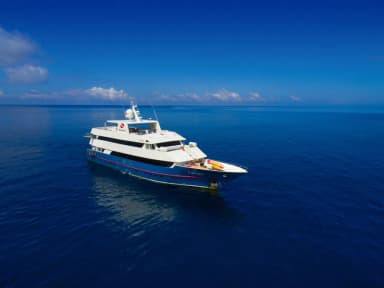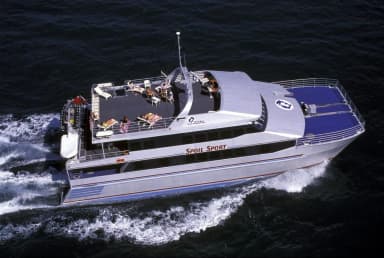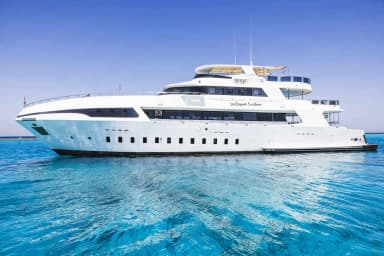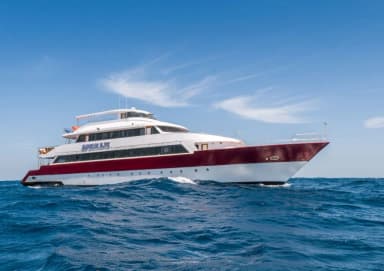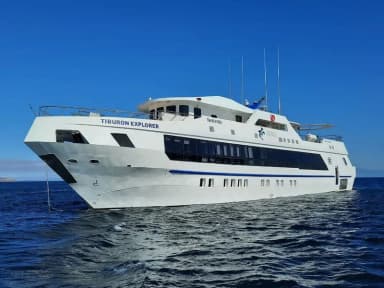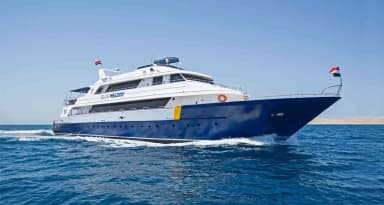We Know Because We Go! | Book with a 5-Star Team,| Trusted by 10,000+ Divers
Similan Islands
Experience world-class scuba diving in Thailand’s Similan Islands on a liveaboard adventure. Explore crystal-clear waters, vibrant coral reefs, and incredible marine life, from manta rays to whale sharks. A Similan Islands liveaboard offers access to remote dive sites and an unforgettable underwater journey.
Book with us for the lowest possible price
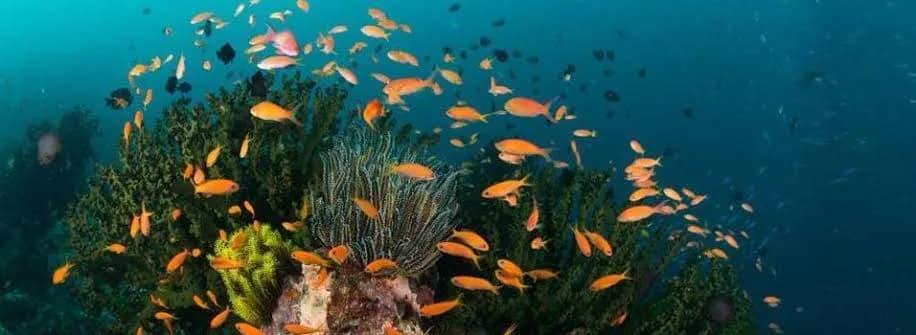
Selected filters
Sort by
Filters
Trip duration
0
days0
days10
days10
days
days0
days10
days10
days
Discount
0%0%25%25%
Select Liveaboard
Similan Islands
Liveaboard facilities
Boat capacity
Guest rating
16 Dec 2025
16 Dec 2025
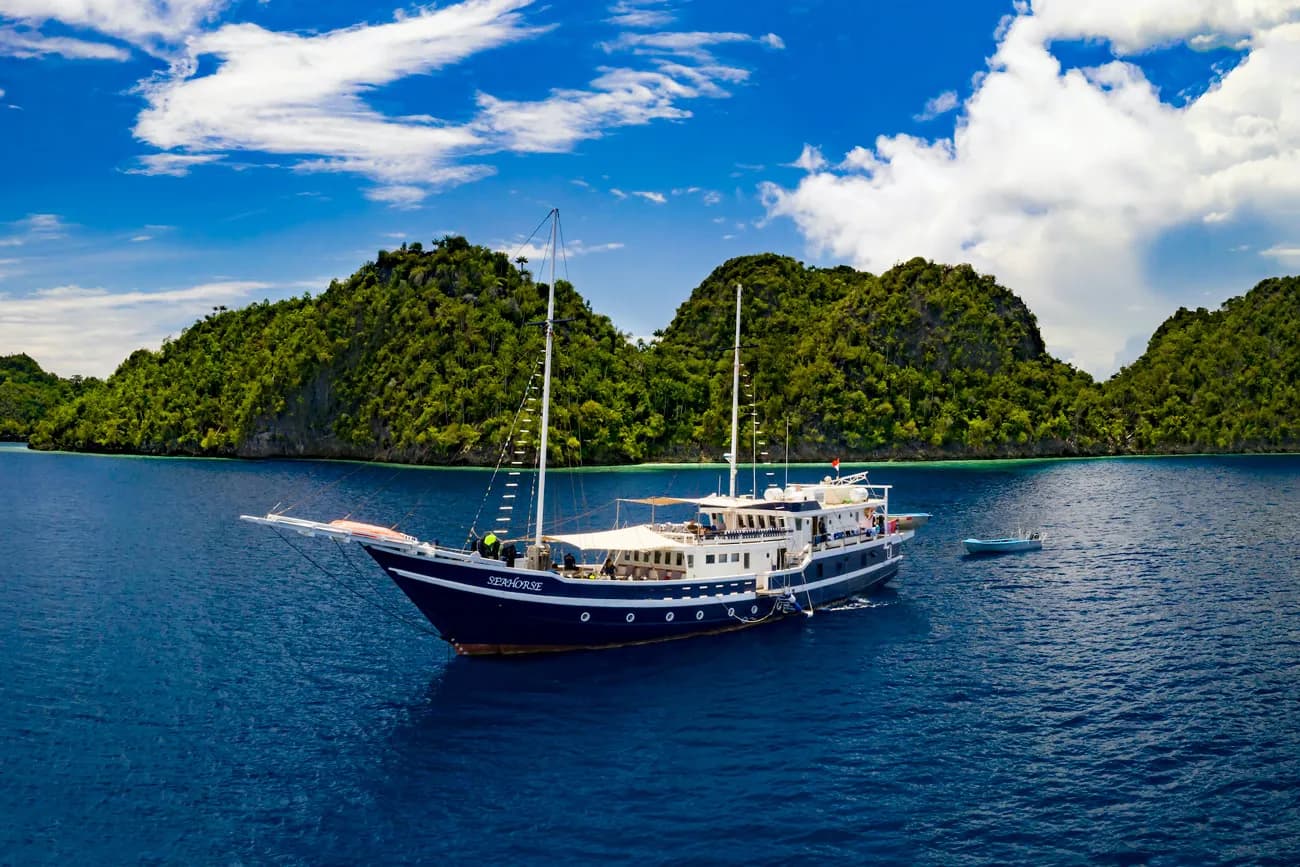
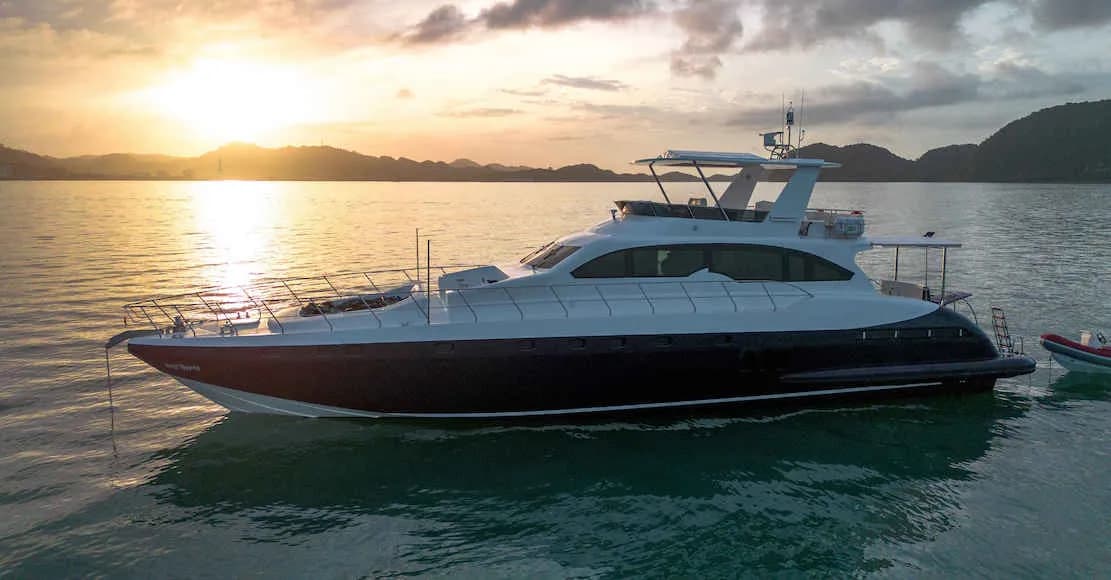
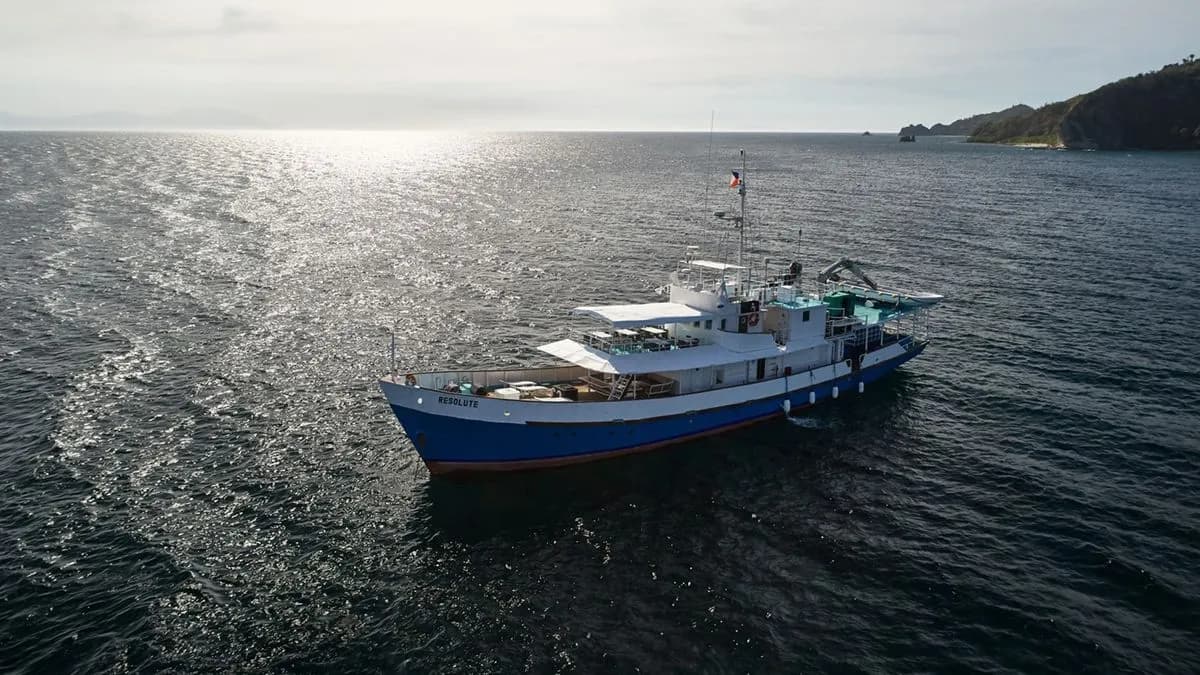
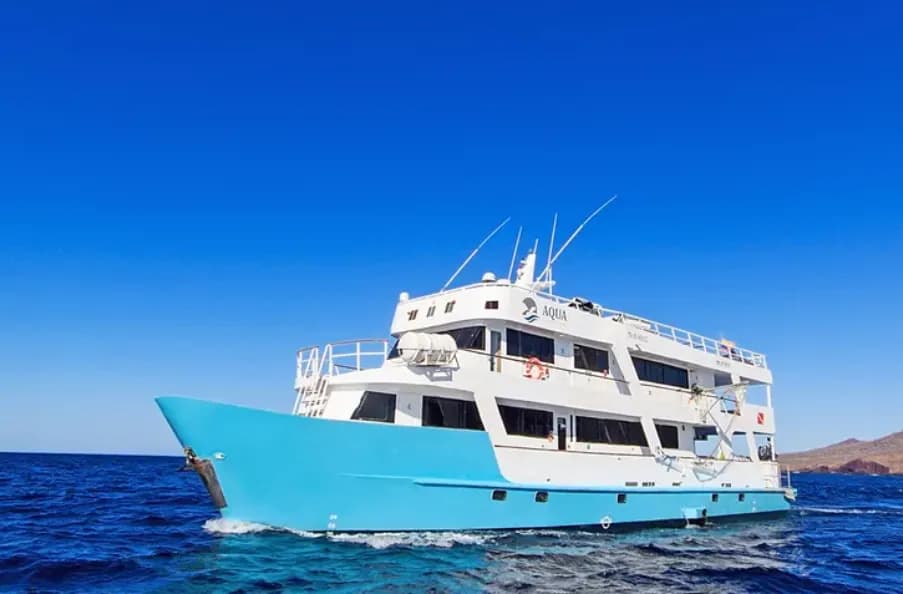
Aqua Galapagos
Itinerary
Deep dive Galapagos: Darwin, Wolf and around
View trip details
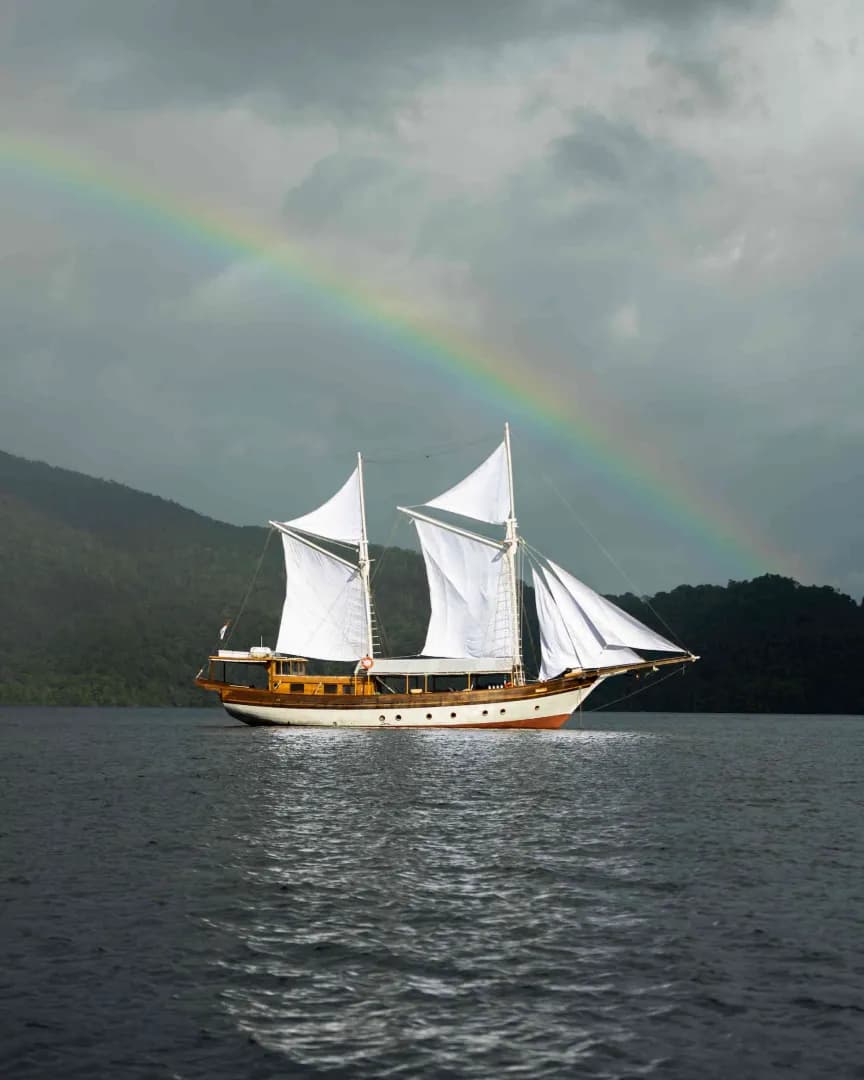
Anne Bonny Yacht
20% off
Itinerary
Raja Ampat Central and South (Misool)
View trip details
Schedule a free consultation with a travel expert now
Schedule a Consultation
Booking with us is free
Trusted by 10,000+ Divers worldwide
17 Dec 2025
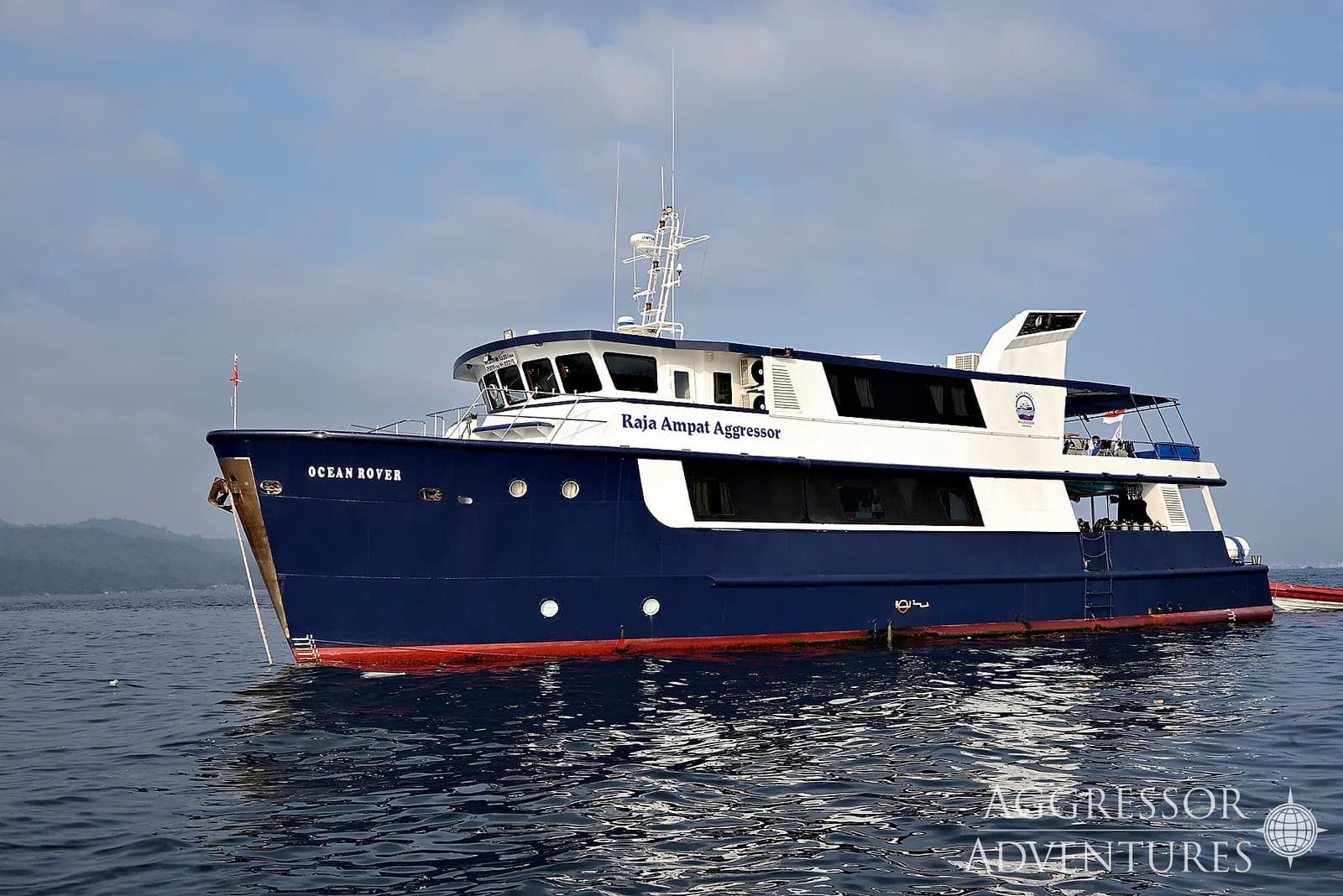
Raja Ampat Aggressor
Itinerary
Raja Ampat
View trip details
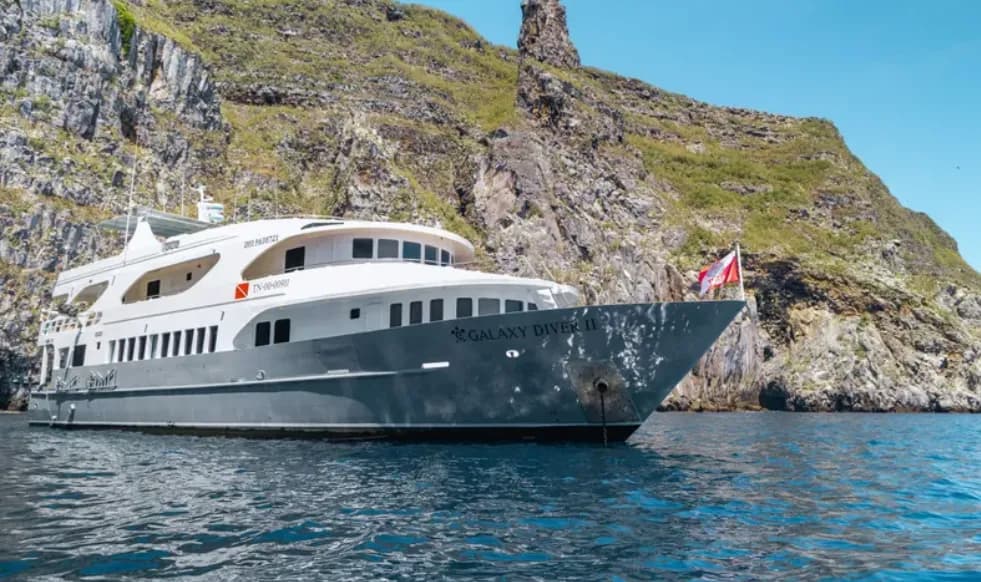
Galaxy Diver 2
Itinerary
Diving
View trip details
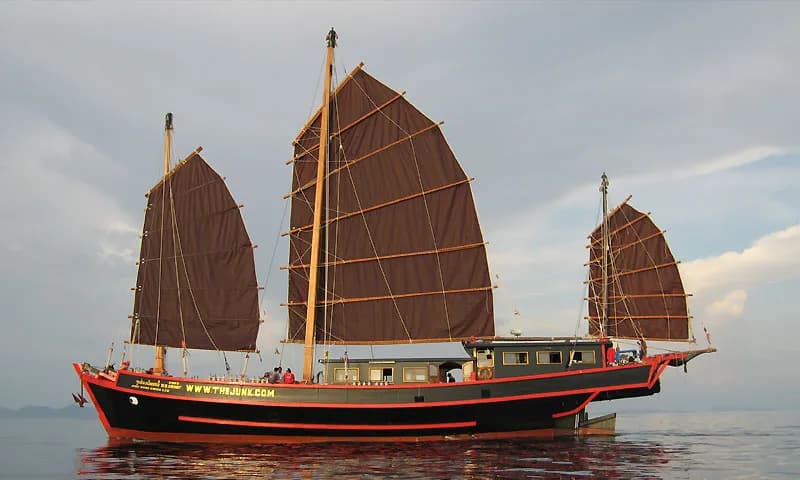
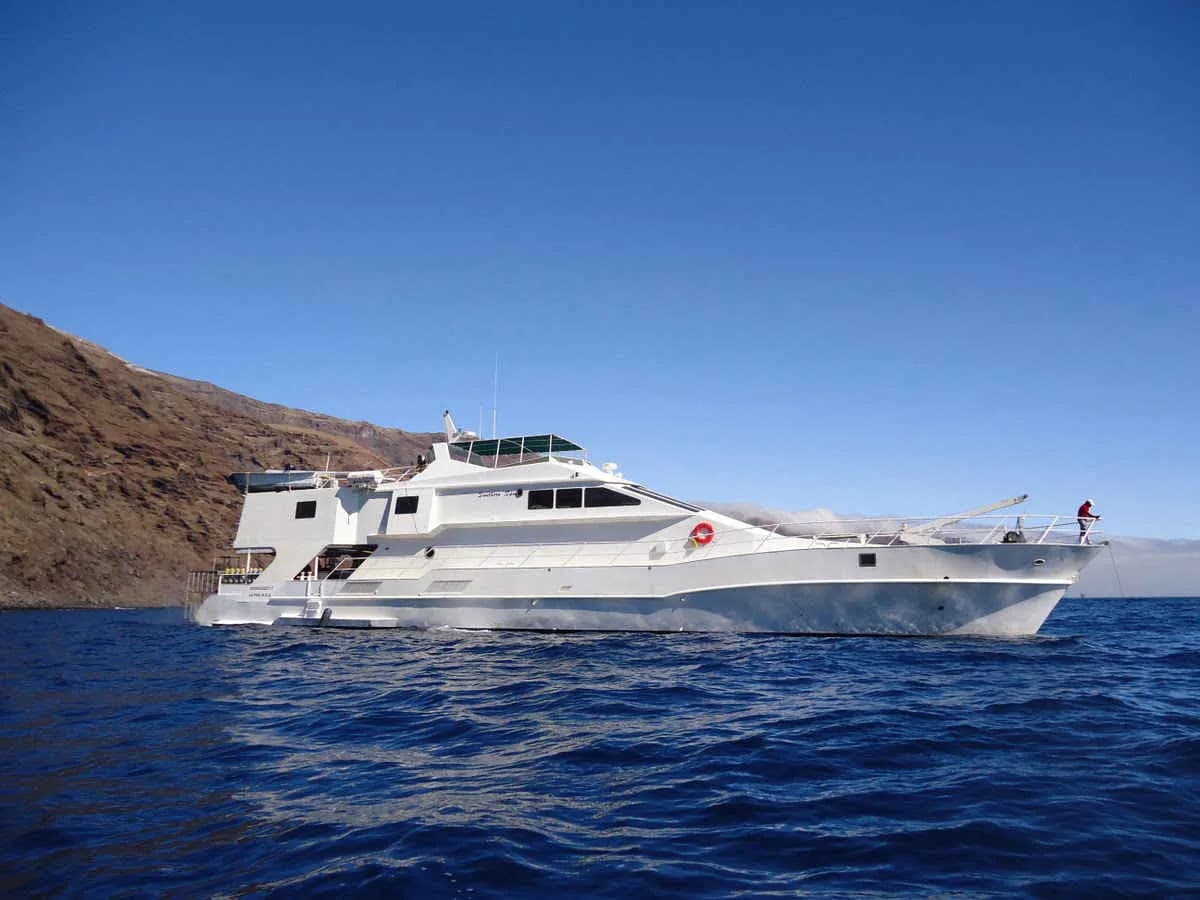
Southern Sport
Itinerary
Socorro & Revillagigedo
View trip details
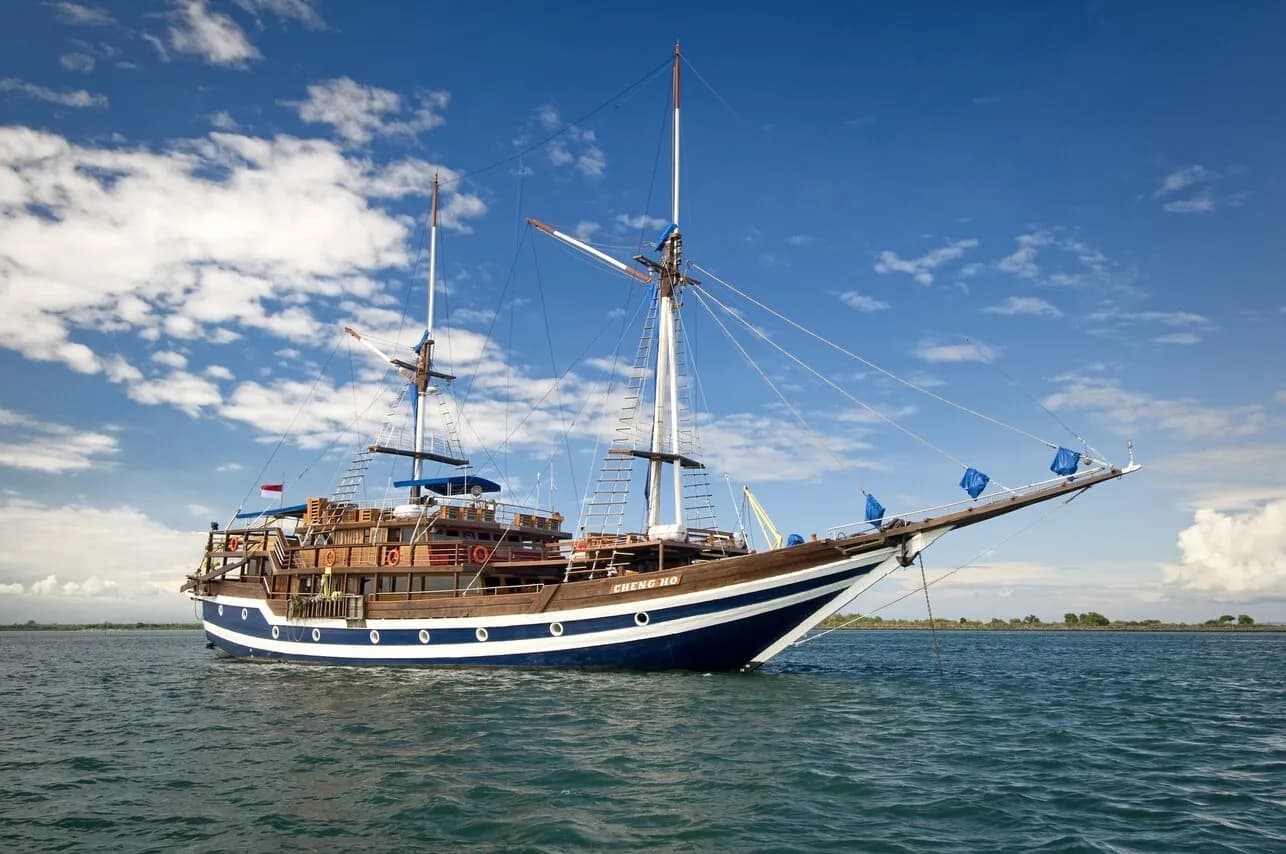
Cheng Ho
Itinerary
Labuan Bajo-Komodo National Park-Labuan Bajo
View trip details
18 Dec 2025
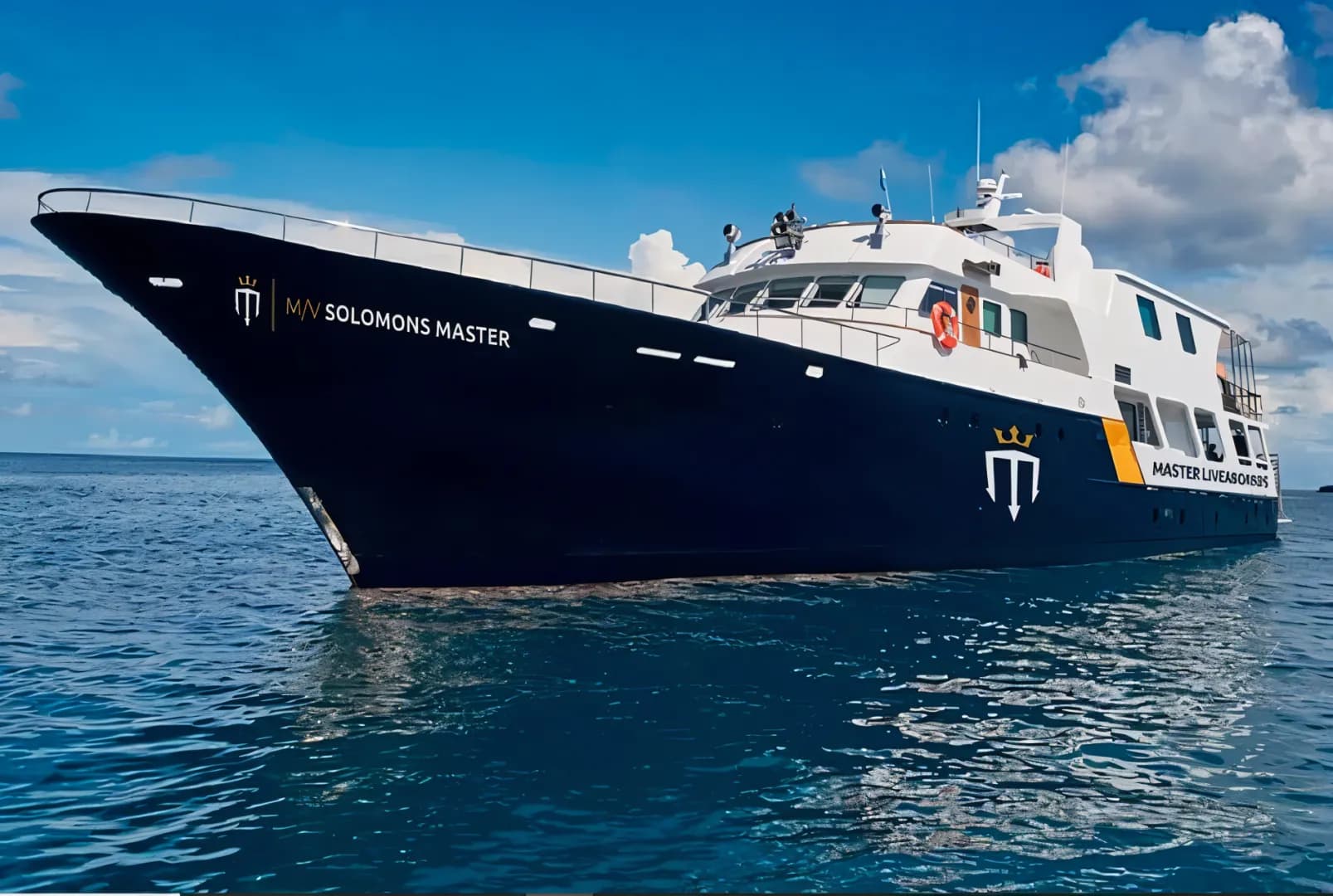
Solomons Master
Itinerary
Best of the Solomons
View trip details
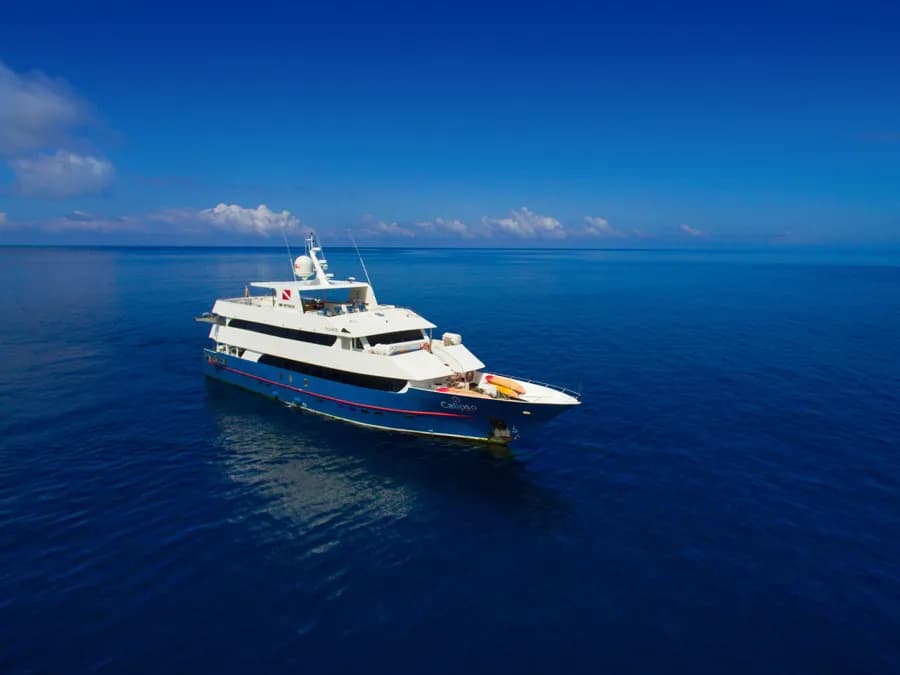
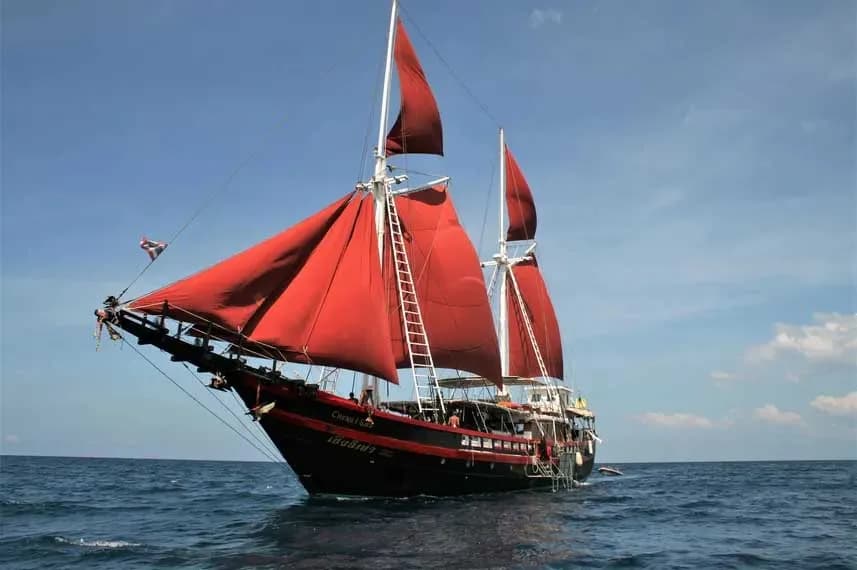
Thailand Master
Itinerary
Best of Thailand
View trip details
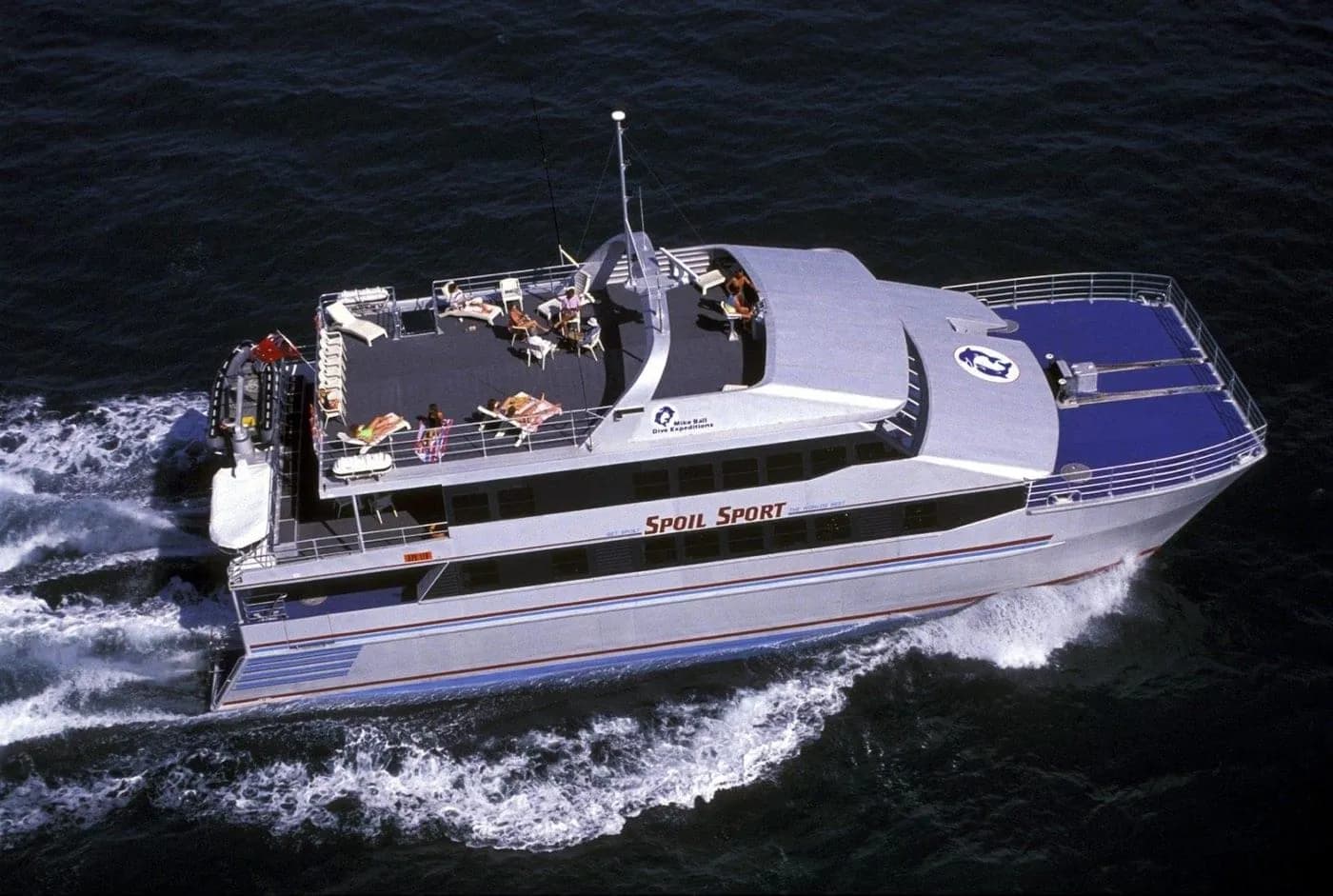
Spoilsport
Itinerary
5 night Coral Sea & Cod Hole
View trip details
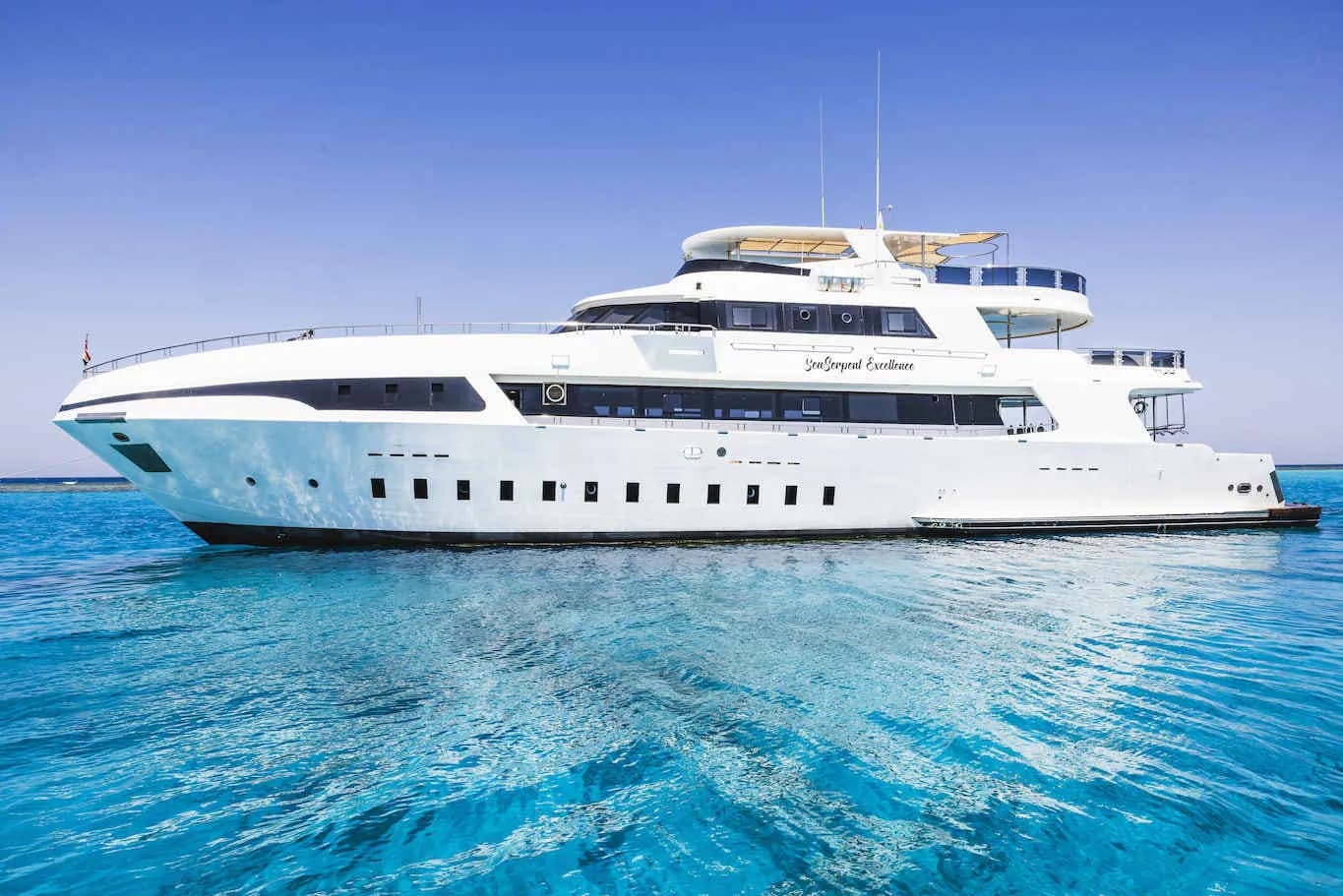
Sea Serpent Excellence
Itinerary
Brothers - Daedalus - Elphinstone. (BDE)
View trip details
19 Dec 2025
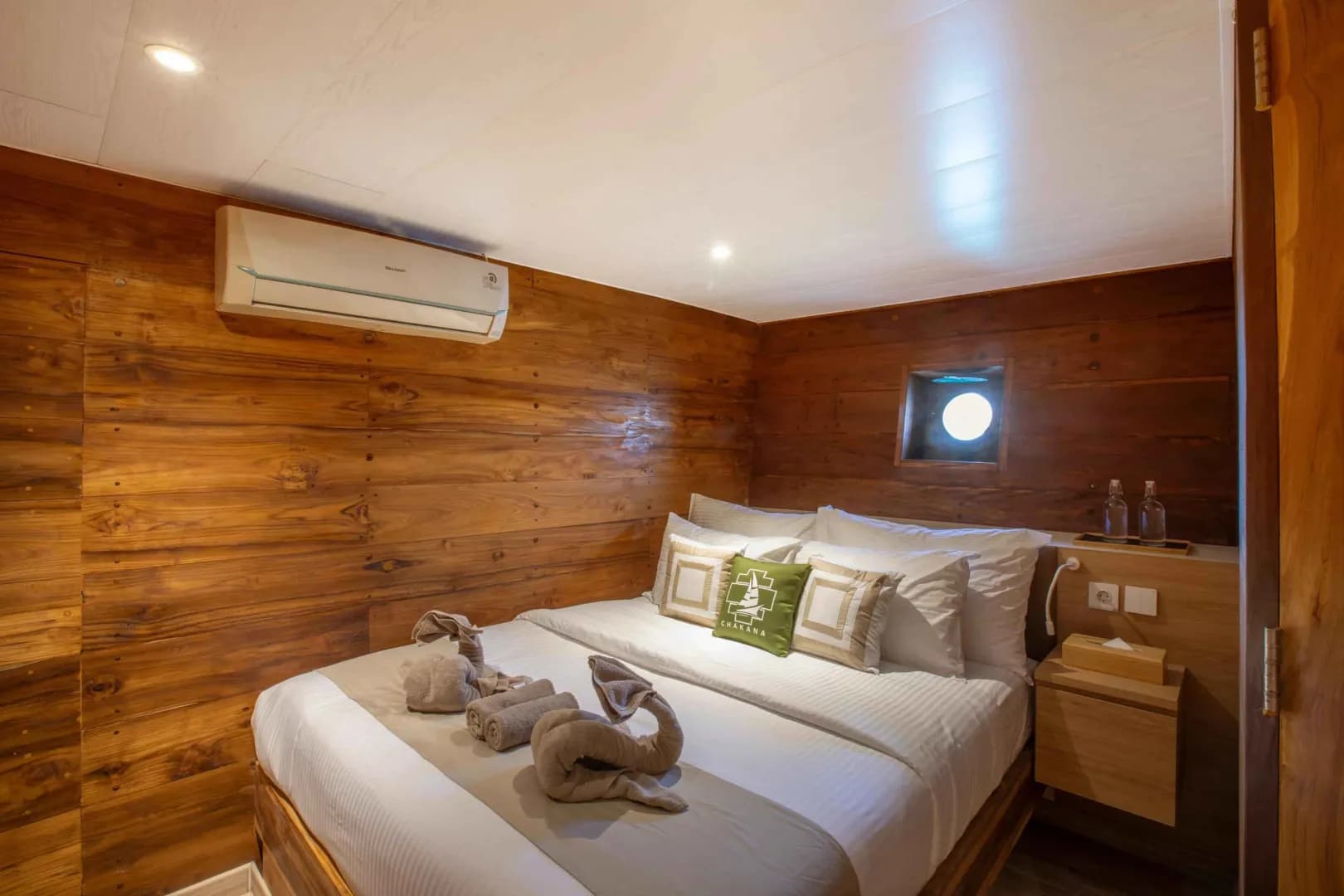
Indo Master
Itinerary
Raja Ampat
View trip details
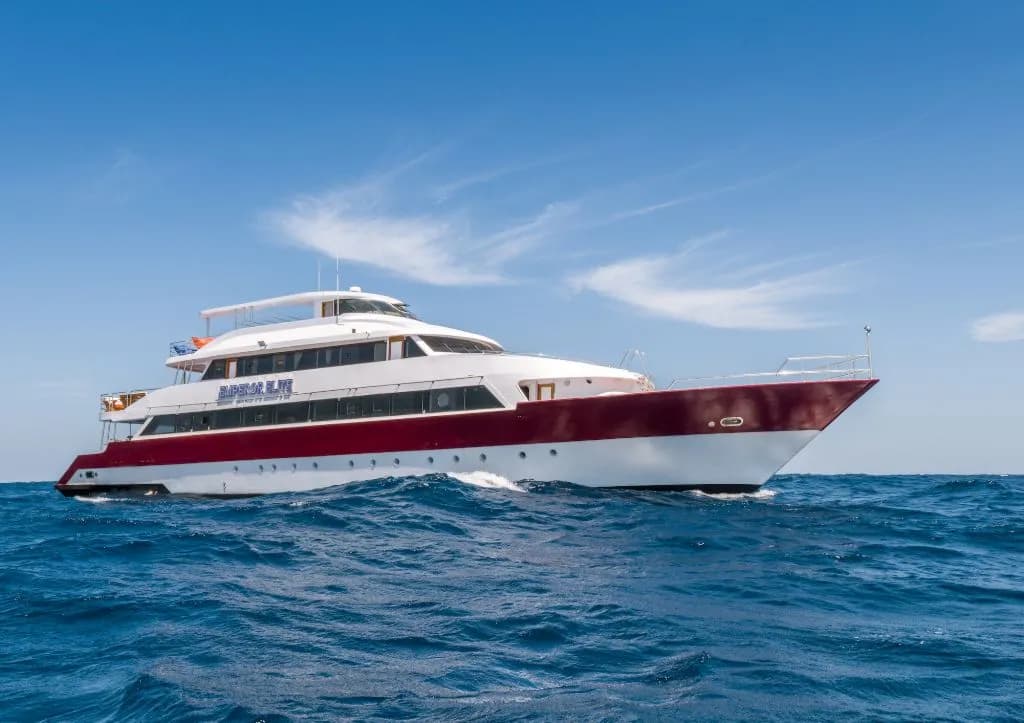
Emperor Elite
Itinerary
Reefs & Wrecks
View trip details
20 Dec 2025
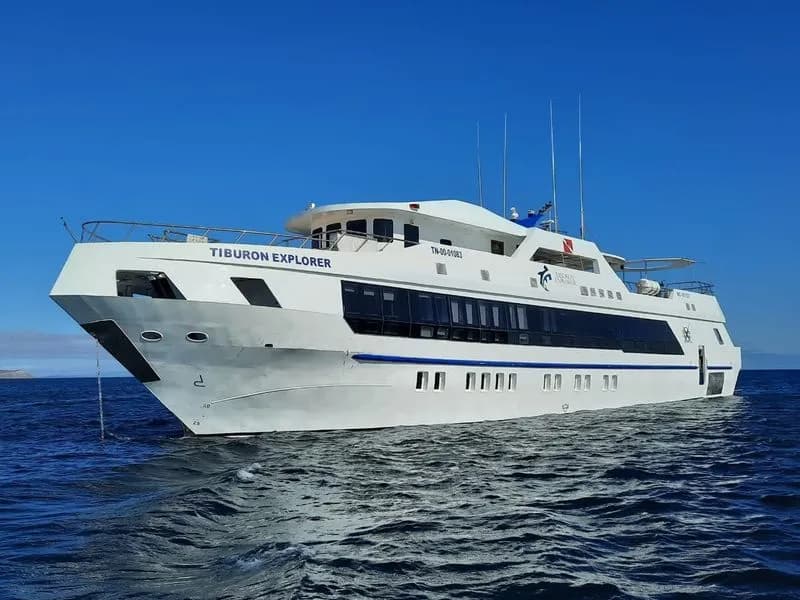
Tiburon Explorer
Itinerary
Western Archipelago, Darwin And Wolf Islands
View trip details
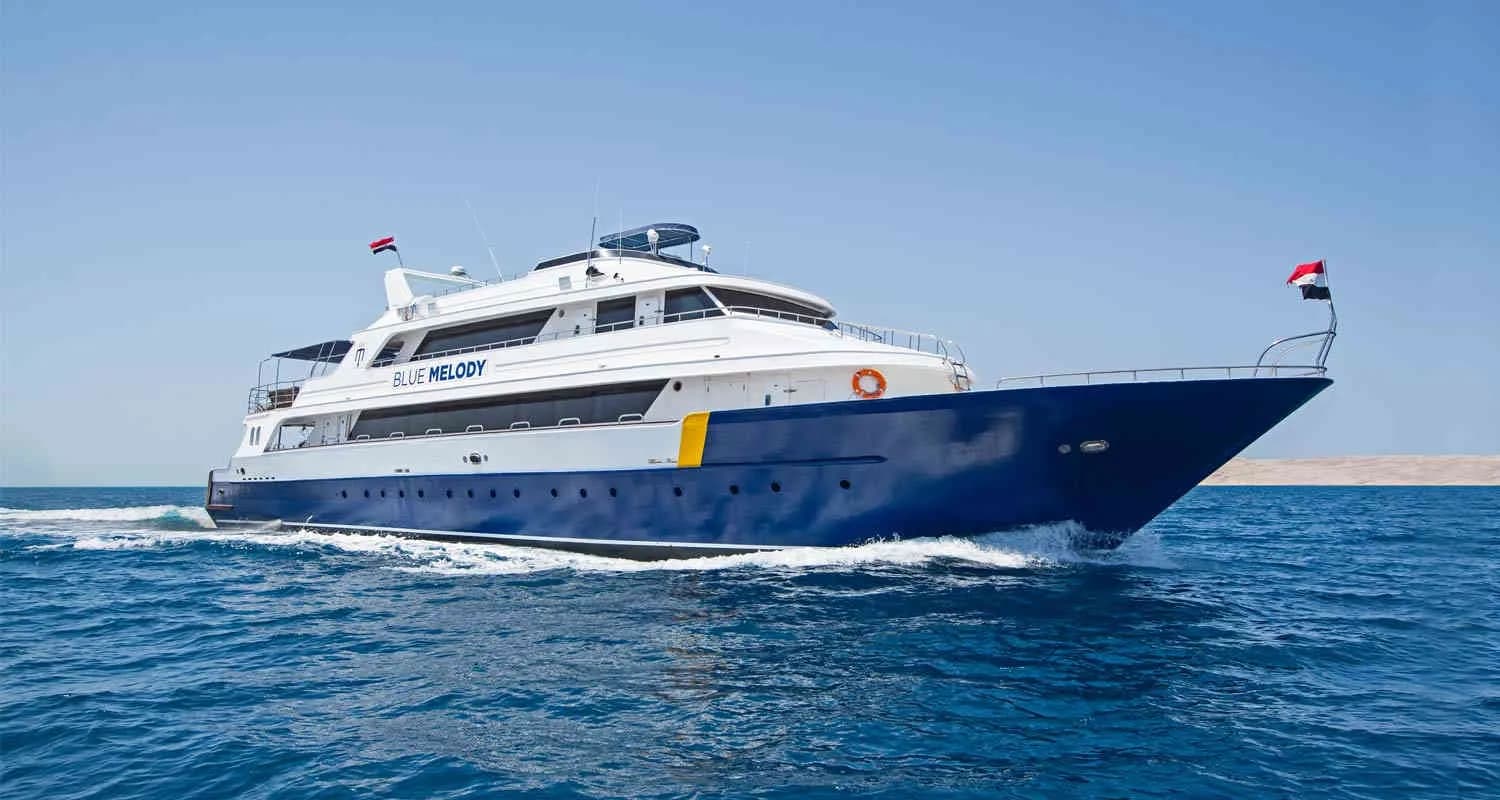
Blue Melody
Itinerary
Red Sea Wrecks
View trip details
Similan Islands Highlights
Richelieu Rock
Encounter whale sharks at this iconic site.
Granite Boulders
Swim through massive underwater rock formations
Vibrant Reefs
Explore coral gardens filled with marine life.
Night Diving
Spot hunting moray eels and bioluminescence.
Scuba Diving The Similan Islands
The plentiful marine life of the Andaman Sea is showcased in all its glory on a Similan Islands liveaboard trip. Comfortably warm waters and mild currents make for dream-like conditions, where large pelagics are often spotted feeding above the bountiful reefs.
The Similan Island Diving Highlights
These world-famous islands stretch north-south in the Andaman Sea, 30 miles off the coast of southern Thailand. Covering an area of approximately 87 square miles, the nine islands of the archipelago, plus Ko Bon and Ko Tachai to the north, make up the Mu Ko Similan National Park.
The real draw here is the manta rays and whale sharks that visit the warm waters from December until April each year. Outside these months diving is still spectacular, however, with medium-sized species patrolling the bustling reefs, and plentiful macro hiding amongst the beautiful hard corals. Liveaboards in Similan Islands really do offer an amazing scuba diving experience.
The Similan Islands Liveaboards
The Similan Islands National Park was closed to tourists in October 2016 due to the impact of huge numbers of day-trippers, but reopened two years later and has a current cap of 3,325 visitors per day. All tourist accommodation on the islands is now closed, except for a few park-managed tents and bungalows. In addition, access to three of the islands is restricted to protect nesting turtles, and one is privately owned. As such, a Similan Islandsliveaboard is the most comfortable, and by far the most convenient way to access all these intriguing islands have to offer.
For a similar liveaboard experience closer to home, check out our Caribbean liveaboards.
New to liveaboards? Check out our guide to the World of Liveaboard Diving.
Diving Information
Marine Live & Photography Species
Most of Southeast Asias extensive marine catalog can be found in the waters around the Similan Islands. The regions impressive corals were declared fully recovered by the national park authorities in 2019, and the diversity of species living on the vibrant reefs only confirms this.Interested in corals? Check out our list of the Best Coral Reefs in the World. A good number of shark species can be found, including blacktip and whitetip reef sharks, zebra sharks, and leopard sharks. Blue-spotted ribbon tail rays and spotted eagle rays can often be seen sweeping across the sand, and schools of barracuda, giant trevally, and Napoleon wrasse are all regular visitors. Four species of marine turtles live in the waters around the Similan Islands, with the beaches of Ko Huyong, Ko Payang, and Ko Payan (also referred to as Islands 1, 2, and 3) recognized as crucial turtle nesting sites for the leatherback and olive ridley turtles. Divers will often be accompanied by green or hawksbill turtles when they explore the outlying atolls. The critter-life is no less exciting, with multicolored nudibranchs, pipefish, scorpionfish, and tiny octopus contributing to the rich macro scene.
Interested in macro? Check out our list of the Best Macro Destinations in the World.
Between December and April each year, manta rays and whale sharks stop-off on their migration to feed in the Andaman Seas plankton-rich waters. Individuals will often stick around for several weeks, and can regularly be sighted around the outer reefs and atolls.
The fascinating underwater topography of these islands creates an ethereal backdrop to an exotic aquarium, where granite columns and stacks appear almost fluid in structure, shimmering and melting in the dazzling sunlight that pierces the crystal water. Diving the Similan Islands is a real treat, and one of the most unique and rewarding liveaboards trips you can experience. Check out Raja Ampat scuba diving for some other great liveaboard trips.Diving Conditions
- Water temperature: 83-87F (28-30C) year-round.
- Visibility: Excellent, up to 150ft.
- Depth Range: Most dives are less than 100ft.
- Diving Difficulty: There is a range of sites suitable for all levels, and many dives are easy and quite shallow.
Similan Islands Best Diving Spots
The top best dive sites in the Similan Islands. Pick a dive spot or read the entire list:
3. Ko Bon West
8. Shark Fin Reef & Boulder City
1. Richelieu Rock
Fifty-five miles north of the Similan Islands, the lonely pinnacle of Richelieu Rock attracts a wealth of marine life to its spectacular corals. This site is regarded as the best dive in Thailand, due to the great diversity of marine life appearing in vast numbers. The rocks isolated location makes it a magnet for pelagic giants such as whale sharks and mantas, as well as tuna, barracuda, trevally, and turtles. Schooling snapper and glassfish create a constant ebb and flow of movement above the dense coral reefs, which in turn hide octopus, squid, moray eels, and some superb macro.
2. Koh Tachai Pinnacle, Ko Tachai (Island 11)
In the furthest reaches of the national park, Koh Tachai Pinnacle is an exciting and challenging site best suited to intermediate and experienced divers. The dive centers around an open-ocean pinnacle and is the best place to spot passing mantas and whale sharks, as well as barracuda and trevally hunting above the granite rocks.
3. Ko Bon West, Ko Bon (Island 10)
This island's limestone walls are coated in a patchwork of colorful soft corals, and a myriad of macro can be found sheltering from strong currents in the cracks and crevices. Ko Bon West is a favorite cleaning station for manta rays, who visit in the late afternoon to rid themselves of pesky parasites.
4. Christmas Point, Ko Bangu (Island 9)
Located on the northwest edge of Ko Bangu, a collection of large boulders and quirky rock formations create exciting swim-throughs and tunnels in an incredibly scenic dive. The rocks are covered in soft corals and sea fans, and a coral garden of immense pore and staghorn corals can be found in the shallower waters. Expect to see the resident school of bluefin trevally, giant sweetlips and grouper in the swim-throughs, and firey goby amongst the coral.
5. Donald Duck Bay, Ko Similan (Island 8)
This is a great macro site on the main island, and the shallow bay offers up some fascinating critters around a comically-shaped rock. Especially good for night dives, expect to spot plenty of octopus and cuttlefish as well as any number of crabs, shrimps, and other crustaceans.
6. Elephant Head Rock, Ko Bayu (Island 7)
Sitting around a mile offshore, the ocean swell and currents around Elephant Head Rock make it another site suited to more experienced divers. The dive itself is a fascinating maze of boulders and caverns, creating hiding places for all manner of species from curious moray eels, to boxer shrimp, octopus, and the spectacular yet sinister lionfish.
7. West of Eden & Deep Six, Ko Bayu (Island 7)
These two sites merge at the northwestern tip of Ko Bayu and are perhaps the most iconic of the Similan Islands dive sites. Showcasing the rich and diverse marine life of the Andaman Sea, West of Eden's large boulders are covered in sea fans, beautiful anemones, feather stars, tube sponges, and soft coral. This gives way to the sloping reef and deeper walls of Deep Six, where pinnacles and rock clusters create a stunning backdrop. Expect to spot rays, moray eels and turtles, pelagics such as dogtooth tuna and giant trevally, and all manner of critters such as frogfish, shrimp and nudibranchs.
8. Shark Fin Reef & Boulder City, Ko Payan (Island 3)
Just over half a mile offshore at Ko Payan, Boulder City is an advanced site of large granite outcrops and huge boulders scattered across a sandy bottom. It leads round to Shark Fin Reef where further boulders and drop-offs create an exciting site. The brisk currents bring big pelagics such as mantas and whale sharks close in, and huge numbers of reef fish can also be spotted amongst the huge gorgonians and hard coral formations.
Best Time to Dive The Similan Islands
The dive season of mid-October to mid-May coincides with the warmer, drier months on land, and air temperatures can reach the mid-80s (30C) in April. The best time to spot mantas and whale sharks is between December and April.
Travel Information
How To Get To The Similan Islands
Several airlines fly from the US to Thailands Phuket International Airport (HKT) with a layover in Europe or Asia. Once in Phuket, its a 90-minute drive to Khao Lak to pick up the liveaboard.
How To Dive The Similan Islands
The National Park is open from mid-October through to mid-May, and the dive season runs accordingly. Liveaboards generally visit for 4-nights or 7-nights, and some combine a longer trip with a visit to the nearby Surin Islands and Richelieu Rock. Boats tend to depart from Khao Lak on the mainland, but there are also departures from Ranong and Phuket.
There is a wide range of liveaboard options, from modern motor yachts to a traditional junk. Trips range from laid-back and budget-friendly through to the more luxurious boats of the Aggressor fleet, and everything in between. Meals are often cooked by local chefs, and they are in a Thai style but cater towards western tastes.
Most boats will run 4 dives a day, including one dusk or night dive. There is also the option to snorkel between dives, and the possibility of a land-based excursion to explore the top-side wildlife.
Some Similan Islands trips also include diving in Myanmar, a unique and rarely visited destination.
Other Things to Do in The Similan Islands
Most liveaboards will offer at least one land excursion to visit the islands tropical interiors. There are many nature trails and viewpoints, and some migratory birds found nowhere else in Thailand can be spotted. The white sandy beaches will take your breath away, and are perfect for an afternoons relaxation.
Other Useful Information
PRACTICAL INFORMATION
- Currency:Thai Baht (THB).
- Language:Thai.
- Time Zone:Indochina Time (GMT+7).
- Electricity:230V.
500+ reviews
See all reviewsStart planning your perfect liveaboard trip!
500+ reviews
See all reviewsAlready know where to go?
Use our live availability search tool, and select your date range and boat to find your next trip.
Search nowWant to pick a boat first?
Go to full list and reviews of liveaboards in the Similan Islands available at Bluewater Travel.
Read reviewsNot sure where to dive or when to go?
Go to our liveaboard diving season and area guide.
Season and guideNeed assistance?
Contact us. Our travel advisors can recommend the right destination and boat based on your requirements and preferences.
Plan my trip